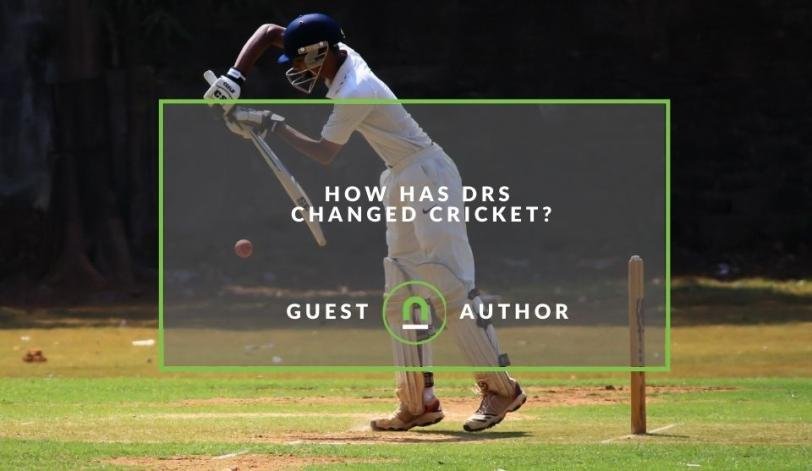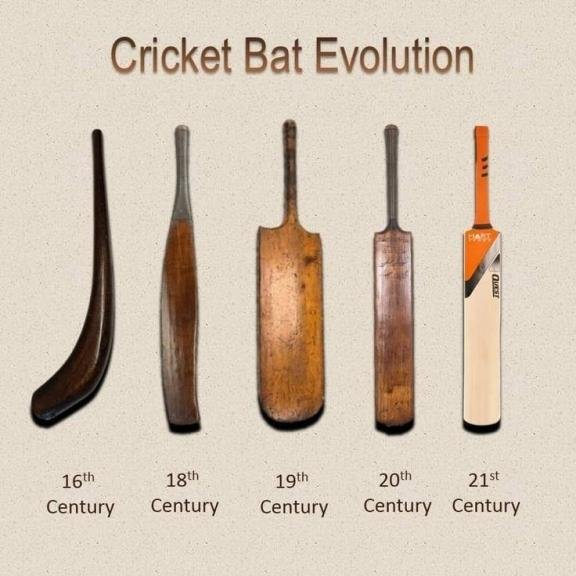How DRS Changed the Game of Cricket Forever

Cricket has always been a game of fine margins, where a single decision can change the course of a match. With the introduction of the Decision Review System (DRS), the game has witnessed a transformation like never before. This revolutionary technology has not only reduced umpiring errors but has also added a strategic element to the sport. In this blog, we delve into how DRS has changed cricket forever and what it means for teams, players, and fans alike.
The Evolution of DRS in Cricket
The Need for DRS
Before DRS, umpiring errors often led to controversial outcomes, frustrating players and fans alike. Incorrect LBW decisions, missed edges, and contentious caught-behind appeals were common, sometimes altering the course of a match. The need for a technology-driven solution became evident, especially after high-profile errors in international cricket. To address this issue, the International Cricket Council (ICC) introduced the Decision Review System in 2008, aiming to enhance the accuracy of umpiring decisions and bring fairness to the game. Over the years, DRS has evolved with advanced technologies like ball-tracking, UltraEdge, and Hot Spot, further refining decision-making accuracy.
Key Components of DRS
- Hawk-Eye: Tracks the trajectory of the ball and predicts its path.
- UltraEdge/Snickometer: Detects whether the ball has made contact with the bat or pad.
- Hot Spot: Uses thermal imaging to detect edges.
- Ball Tracking: Determines if the ball would hit the stumps for LBW decisions.
The Impact of DRS on Cricket
Improved Accuracy and Fair Play
Statistics show that DRS has significantly reduced umpiring errors. According to ICC data, the accuracy of umpiring decisions has improved from 91% to over 98% since the implementation of DRS. This improvement has led to fairer outcomes, fewer controversial decisions, and greater trust in the decision-making process. Additionally, a study conducted over a decade of matches has shown that overturned decisions have increased by nearly 25%, reflecting the system’s effectiveness in correcting on-field errors. With players and teams now having greater confidence in reviews, the system has minimized disputes and enhanced the overall integrity of the game.
Strategic Use of DRS
Teams now strategize around DRS usage, making it a crucial part of the game. Captains must decide when to challenge an umpire’s call, adding a layer of tactical depth to the sport. Successful reviews can shift momentum, making it a game-changer in crucial moments. Some teams adopt a data-driven approach, analyzing historical DRS usage patterns to refine their decision-making. For instance, teams often rely on experienced players or wicketkeepers to make review calls based on their vantage point. Additionally, DRS has influenced coaching strategies, with analysts assessing review success rates to provide insights on optimal usage. This strategic integration of DRS has made it not just a review system, but a fundamental aspect of modern cricket tactics.
Influence on Player Performances
Players have adapted their playing styles due to DRS, altering their approach to both batting and bowling. The presence of technology has forced cricketers to be more mindful of their techniques and decision-making processes, knowing that every movement can be analyzed and challenged. For example:
- Batsmen are more cautious with their shot selection, knowing that marginal edges can be detected. This has led to a more disciplined approach, particularly in Test cricket, where batters focus on tighter techniques to avoid unnecessary reviews. Players now avoid reckless drives and loose shots, especially early in their innings, as UltraEdge and Snickometer can pick up the faintest of edges. Additionally, DRS has changed the way batsmen play against spinners, as they are more aware of the risk of LBW decisions, leading to increased use of the sweep and reverse sweep shots to counter spin-friendly conditions.
- Bowlers have adjusted their appeal strategies, aiming for LBW dismissals more frequently. With ball-tracking technology scrutinizing every delivery, bowlers have become more disciplined in their lines and lengths, ensuring deliveries pitch in line with the stumps. Fast bowlers now use fuller deliveries and straighter angles to increase LBW chances, while spinners focus on varying their flight and drift to deceive batsmen. Additionally, bowlers are more mindful of their follow-through to avoid no-balls, which are automatically checked under DRS, preventing costly mistakes.
Controversies and Challenges
Despite its advantages, DRS has not been without its critics. Some common concerns include:
- Umpire’s Call Rule: Even if ball tracking shows the ball hitting the stumps, the original decision stands if the impact is marginal. This has led to frustration among players and fans who argue for a more definitive approach to LBW decisions.
- Technological Limitations: While DRS aims for accuracy, occasional errors in ball tracking, UltraEdge, and Hot Spot have resulted in controversial decisions. Factors such as camera angles, lighting conditions, and sensor sensitivity can sometimes lead to misinterpretations.
- Cost Factor: Not all cricket boards can afford the expensive technology required for DRS, leading to inconsistent implementation across different formats and tournaments. Smaller cricketing nations often lack access to full DRS capabilities, creating an imbalance in decision-making fairness.
- Human Element in Decision Making: While DRS assists umpires, final decisions still involve human judgment, which can lead to varying interpretations of the same technology-driven evidence.
- Time Delays and Disruptions: The review process can slow down the game, impacting its natural flow. Extended reviews and frequent challenges sometimes frustrate viewers and players alike.
As cricket continues to evolve, discussions around refining DRS, adjusting its rules, and making it more universally accessible will remain a focal point of the sport’s governance. Despite its advantages, DRS has not been without its critics. Some common concerns include:
DRS and Cricket Predictions
For cricket analysts and enthusiasts, DRS has provided a treasure trove of data, revolutionizing the way match outcomes are assessed. Cric Predictor leverages this data to enhance match predictions by analyzing DRS-influenced decisions, player performance trends, and historical review success rates. Our advanced algorithms incorporate ball-tracking insights, UltraEdge detections, and LBW prediction patterns to deliver precise forecasts. Whether you're looking for cricket betting tips, match predictions, or player performance analysis, our platform ensures the most data-driven insights, helping you stay ahead of the game.
- Check out our latest predictions for the ICC Champions Trophy 2025 on the Cric Predictor website.
- Use our advanced prediction tools to analyze player performance and make your own informed predictions.
- Sign up for our newsletter to receive exclusive predictions and expert analysis.
Conclusion: The Future of DRS in Cricket
As technology continues to evolve, DRS will only become more refined, reducing errors further and enhancing the game’s integrity. Cricket has entered an era where precision and data-driven decisions are paramount, and Cric Predictor is here to help you stay ahead of the game.
Final Thoughts
Want to stay ahead with the latest cricket predictions and match insights?
- Visit Cric Predictor today and see how our advanced algorithms can help you improve your predictions.
- Join the Cric Predictor community and share your predictions with other cricket fans.
- Test your prediction skills against our experts in our weekly prediction challenges.
👉 Test your prediction skills against our experts in our weekly prediction challenges. Visit Cric Predictor today and see how our advanced algorithms can help you improve your predictions!
👉 If You Want to Read More Blogs about Cricket You Can! Click Here




